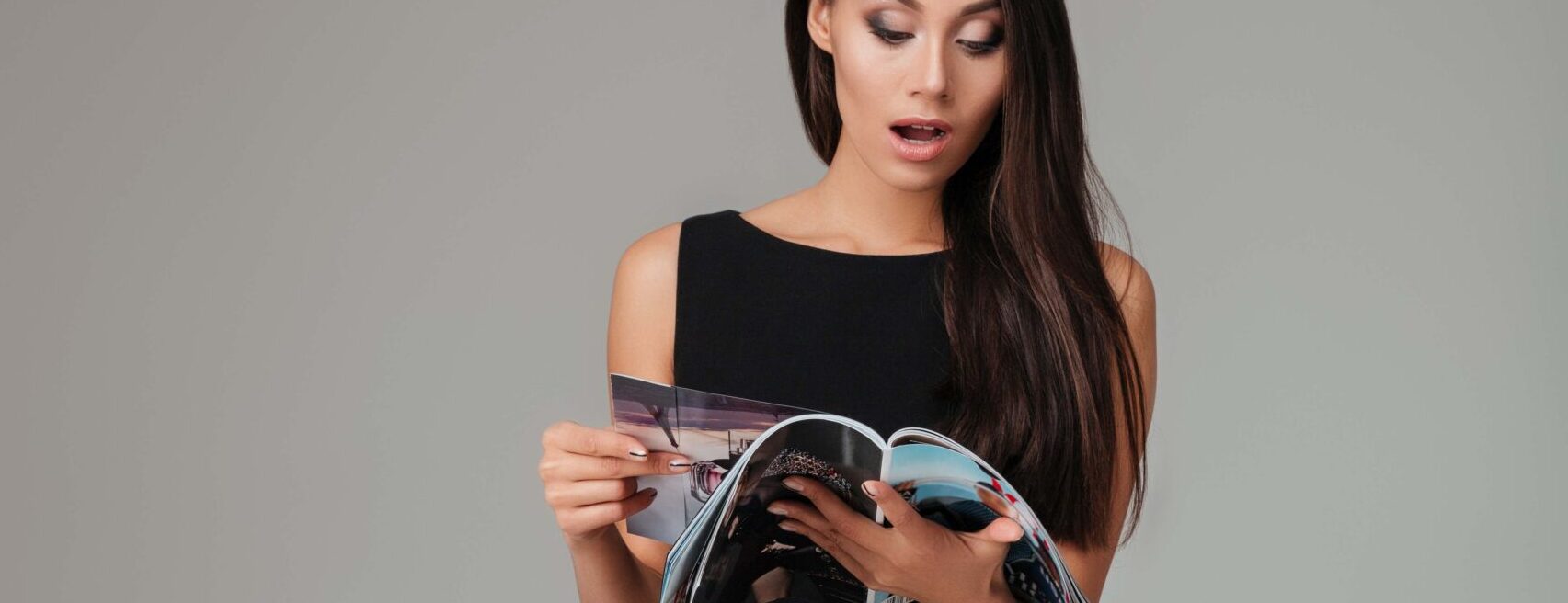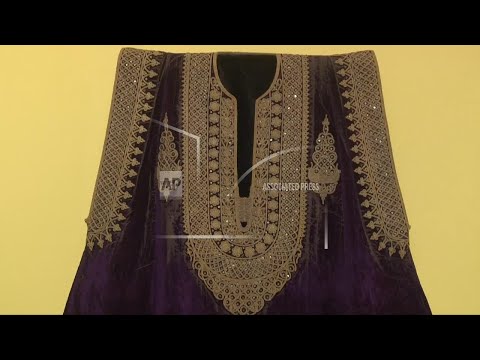(6 Aug 2025)
ASSOCIATED PRESS –
Rabat, Morocco – 21 July 2025
1. Pan of caftan exhibition "Yesterday’s Caftan, Today’s Vision" at the National Finery Museum
2. Wide of various caftans and elaborate clothing from the 19th century
3. Mid 19th century caftan called "Caftan of Oujda", velvet embroidered with gold thread Sqalli
4. Various of curator Fatima Zahra Khlifi her colleague walking toward a widely produced 20th century caftan
5. Mid of Khlifi talking to her colleague
6. Tilt down of the 20th century caftan
7. Mid of the "Khanjar" Sqalli embroidery on the same caftan
8. SOUNDBITE (French) Fatima Zahra Khlifi, curator of the National Finery Museum:
"The choice was based on a dialogue and on a museological and museographic theme, precisely to exhibit rare pieces that represent both Moroccan roots and contemporary traces of designer Fadila El Gadi, while respecting the deep-rooted heritage of Moroccan couture."
9. Pan of visitors looking to the exhibited caftans
10. Wide of exhibited caftans in different styles
11. Mid of the "Quitan" embroidery of the 19th century caftan of Oujda
12. Wide of exhibited caftans, from the museum and the contemporary collection of the designer Fadila El Gadi
13. Various of a caftans made by Fadila El Gadi
14. Wide of the museum caftan collection
15. Tilt down of a caftan made by Fadila El Gadi
16. SOUNDBITE (French) Fatima Zahra Khlifi, curator, National Finery Museum:
"Generally, when an object is exhibited, it is not displayed for more than four months. The lighting level must not exceed 50 lux, and the environment must be appropriate with proper ventilation and minimal light sources to prevent the object from starting to deteriorate or fall apart."
ASSOCIATED PRESS –
Salé, Morocco – 22 July 2025
17. Wide of traditional fashion designer Mounia Tounssi discussing embroidery on an item with a worker in her workshop
18. Close of Mounia’s hands on the embroidery
19. Various of another worker sewing on a decorative braid called sfifa
20. Various of another worker stitching decorative stones onto an embroidered caftan
21. SOUNDBITE (Arabic) Mounia Tounssi, traditional fashion designer:
"First the fabric is selected, and for each type of fabric, we consider the cut that will suit it best as well as the embellishments that can be integrated. For example, if the fabric is heavy, we can add a variety of accessories to enhance the beauty of the caftan. But if the fabric is light, we only add light accessories so as not to weigh it down. We also choose the appropriate type of sfifa (decorative braid) and embroidery style that suits each caftan. What makes the caftan special is that we tailor each design to fit the body shape of each customer."
22. Various of a bridal caftan displayed in Mounia’s shop
23. A shop worker taking a light caftan off the rail
24. Tilt down of the light caftan with its belt
25. Various of a heavily decorated caftan
26. Pan of different coloured caftans hanging on a rail
27. SOUNDBITE (Arabic) Mounia Tounssi, traditional fashion designer:
"The Moroccan caftan will never disappear and demand for it will never decrease, because it remains the most important garment for all ceremonies and celebrations. We’ve also observed that many young people are interested in learning the techniques and are eager to contribute to the evolution of the caftan."
ASSOCIATED PRESS –
Rabat, Morocco – 21 July 2025
28. Pan to long shot of exhibited caftans at museum
29. Mid of "Khanjar" 20th century caftan of Tetouan
30. Various of a black caftan made by Fadila El Gadi
31. Various of El Gadi design
STORYLINE:
Find out more about AP Archive: http://www.aparchive.com/HowWeWork
Twitter: https://twitter.com/AP_Archive
Facebook: https://www.facebook.com/APArchives
Instagram: https://www.instagram.com/APNews/
You can license this story through AP Archive: http://www.aparchive.com/metadata/youtube/8a9d5074ca5142329fcfe5619ed0c48f
Author: AP Archive
Go to Source
News post in August 11, 2025, 9:04 am.
Visit Our Sponsor’s:
News Post In – News





